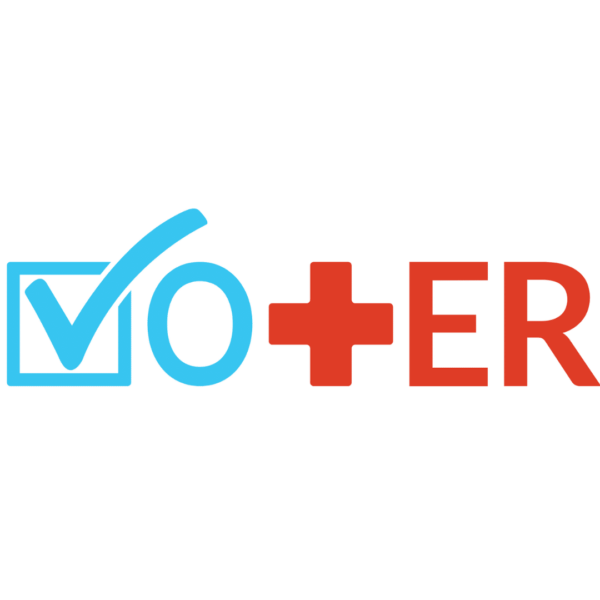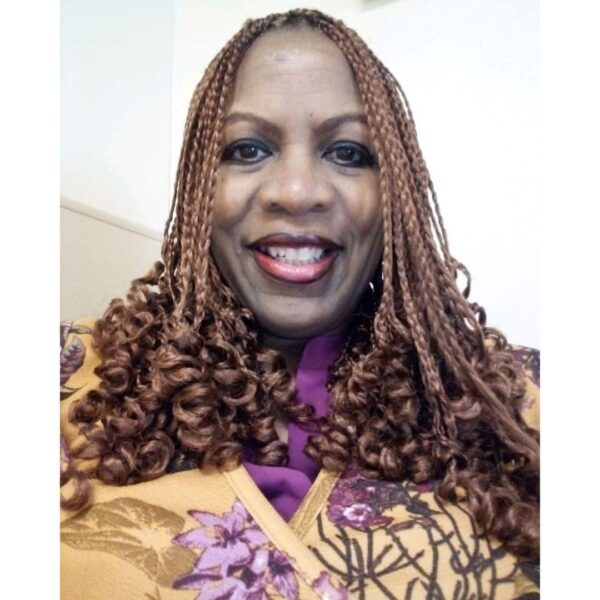I’ve been a voting rights organizer and advocate in Ohio for years, and have seen firsthand how ID requirements create unnecessary bureaucratic hurdles for voters. Right now, there’s plenty of conversation driven by some lawmakers around alleged noncitizen voting and so-called (but vanishingly rare) voter fraud. However, as these elected officials even admit, this conversation is fully driven by their own “intuition” (i.e. political motive) and not by any credible facts or evidence to back up these wild assertions. The millions of Americans who are systematically blocked from voting by restrictive laws surely represent a far more serious threat to our democracy.
In 2023, Ohio passed one of the country’s strictest voter ID laws, which went into effect on April 4, 2023 and eliminated non-photo IDs as accepted forms of voter ID, among numerous other changes. Voting rights groups have described the law as one of the nation’s most onerous, arguing it could disenfranchise hundreds of thousands of eligible voters and confuse as well as intimidate millions more.
Research released earlier this year by VoteRiders, the Brennan Center for Justice, and the University of Maryland revealed that upwards of 34.5 million voting-age citizens across the country lack an unexpired photo ID with their current name and address on it. It can take weeks or even months to secure the type of ID that Ohioans now need to vote, and the time and financial barriers required to secure ID can be powerful barriers for many eligible voters.
According to the lawsuit filed the same day Gov. Mike DeWine signed the bill into law, approximately 938,000 voting-age Ohioans lack a driver’s license or state ID. Furthermore, an analysis of provisional ballot rejection rates since the implementation of Ohio’s ID law revealed that in the November 2023 election, 28.4% of the rejected provisional ballots were due to a lack of ID. This is over 20 percentage points higher than in November 2022, prior to the new ID law’s passage, when just over 8% were thrown out for this same reason.
In recent weeks, it has also become evident that state-level laws are not the only threat to Ohio voters. In July, the US House of Representatives passed the SAVE Act, a bill that would require documentary proof of citizenship (e.g. a document such as a US birth certificate, US passport, or naturalization certificate) to register to vote in federal elections. This measure would, in-fact, force millions of voters nationwide to undertake the complex and expensive process of securing documentation that they don’t have or can’t easily access, all to exercise their fundamental freedom to vote.
Research released by VoteRiders in January found that over 9.1% of voting-age citizens, or 21.3 million people, cannot readily access documentary proof of citizenship, either because they do not have it at all or because they could not access it easily if needed. This indicates the scale of disenfranchisement that would occur if the SAVE Act was passed into law in the future.
The fight is far from over. The organization I work with, VoteRiders, is on the frontlines here in Ohio and across the nation, working with eligible voters to provide ID information and assistance to anyone who needs it to cast a ballot. We run a year-round ID Helpline (866-ID-2-VOTE) for voters who are confused about requirements, which in recent years has had a surge of activity in states with increasing restrictions (for example, Ohio voters represented 14% of calls in 2023 vs just 1% in 2021).
Our organization is non-partisan and our advice is completely free of charge; please call or text our Helpline, visit our website (VoteRiders.org) and most importantly, don’t let them take your voice away.
Vashitta Johnson is VoteRiders’ Ohio State Coordinator.
Read the original op-ed on Dayton Daily News.


 In a few months, Ohio voters will head to the polls to choose between two vastly different visions for the country. However, many of these eligible voters will encounter a barrage of new and confusing requirements that could dissuade them from voting or even block them from casting their ballots altogether.
In a few months, Ohio voters will head to the polls to choose between two vastly different visions for the country. However, many of these eligible voters will encounter a barrage of new and confusing requirements that could dissuade them from voting or even block them from casting their ballots altogether.

